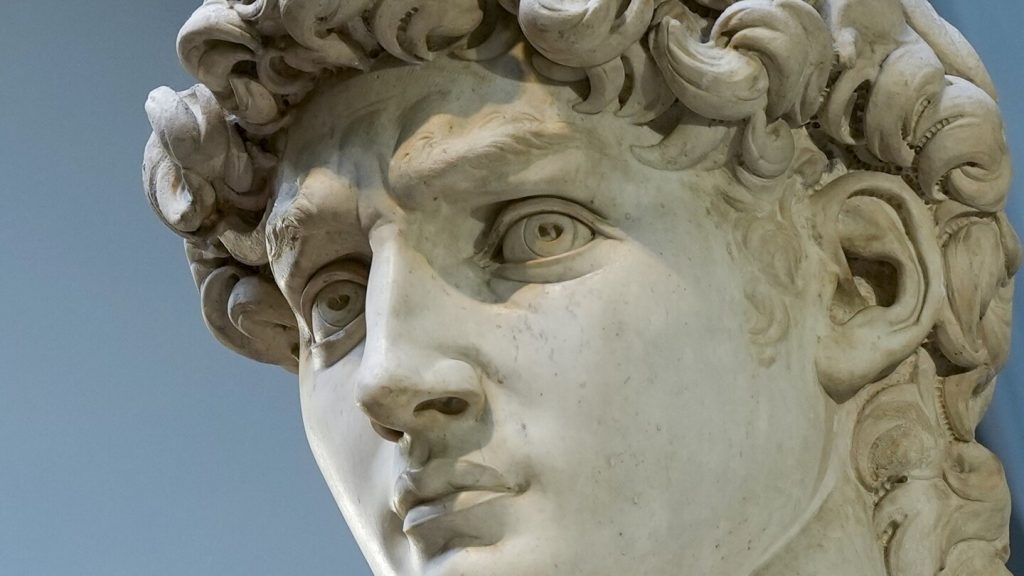The director of the Galleria dell’Accademia in Florence, Cecilie Hollberg, has taken a stand against the commercialization of Michelangelo’s David, which she believes diminishes its religious and political significance. She has led the museum in legal action against those profiteering from David’s image, resulting in significant damages being awarded since 2017. This has sparked a broader debate about intellectual property rights and the role of institutions in protecting cultural heritage. Critics question whether these actions limit freedom of expression and artistic creation.
Hollberg’s efforts to protect David have set a precedent for other museums in Italy, with legal action being taken to protect works by Leonardo, Donatello, and Botticelli. The decisions challenge established practices regarding copyright protection and the public domain, raising philosophical questions about cultural patrimony. Some argue that these actions amount to a land grab by Italian courts, controlling and monetizing artworks in the public domain. The European Union is currently examining whether Italy’s cultural heritage code aligns with EU copyright directives.
Italy’s cultural heritage code extends copyright protections in perpetuity to institutions that own artworks, a practice also seen in the Vatican and Greece. However, France’s Louvre museum notes that their collection mostly predates 1848, placing the works in the public domain under French law. The debate over Italy’s legislation has implications beyond the country, with concerns about potential restrictions on artistic expression and cultural exchange. The EU Commission is reviewing the situation to determine if Italy’s laws comply with EU copyright directives.
Despite Hollberg’s legal victories and efforts to combat the commercialization of David, the proliferation of unauthorized reproductions continues. Her actions have prompted other cultural institutions, such as the custodian of Florence’s landmark Cathedral, to pursue legal action against commercial enterprises using iconic images for profit. Some see these measures as necessary to protect the dignity and integrity of cultural symbols. However, critics warn that the aggressive stance could have unintended consequences, such as discouraging licensing agreements and limiting the reproduction of masterpieces that serve as cultural ambassadors.
The ongoing legal battles over copyright and cultural heritage in Italy underscore a broader debate about the balance between protecting artistic legacy and fostering creativity. As technology advances and global commerce expands, questions about who should have the authority to regulate and profit from cultural artifacts become increasingly complex. The outcomes of these cases could have far-reaching implications for the art world and beyond, shaping future practices in the protection and promotion of cultural heritage.


